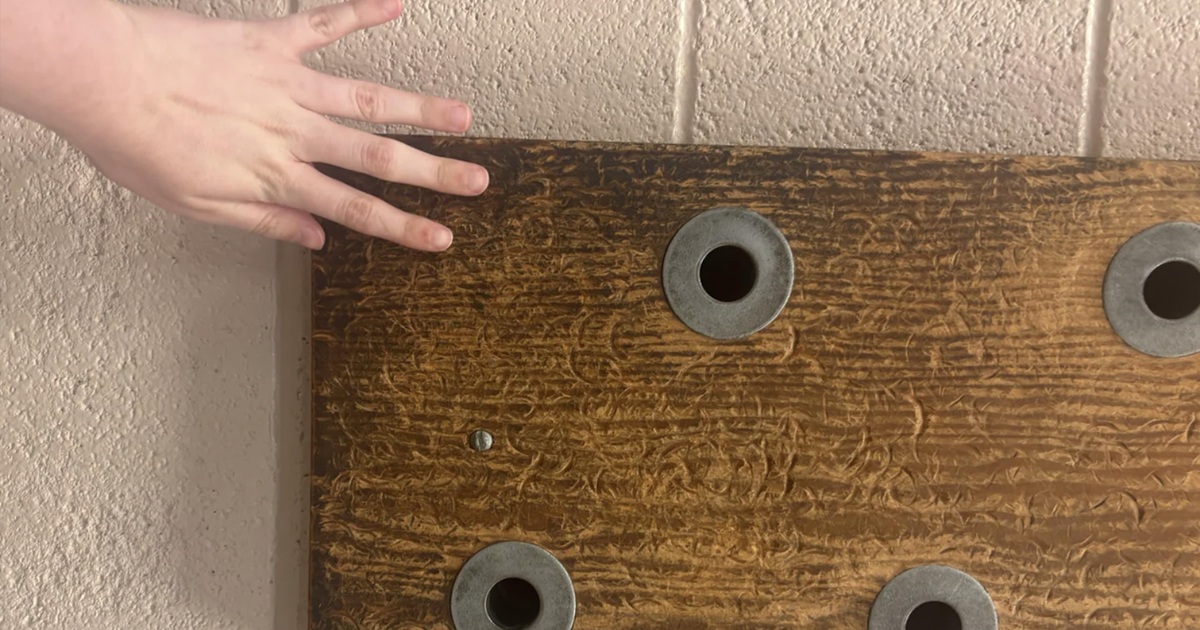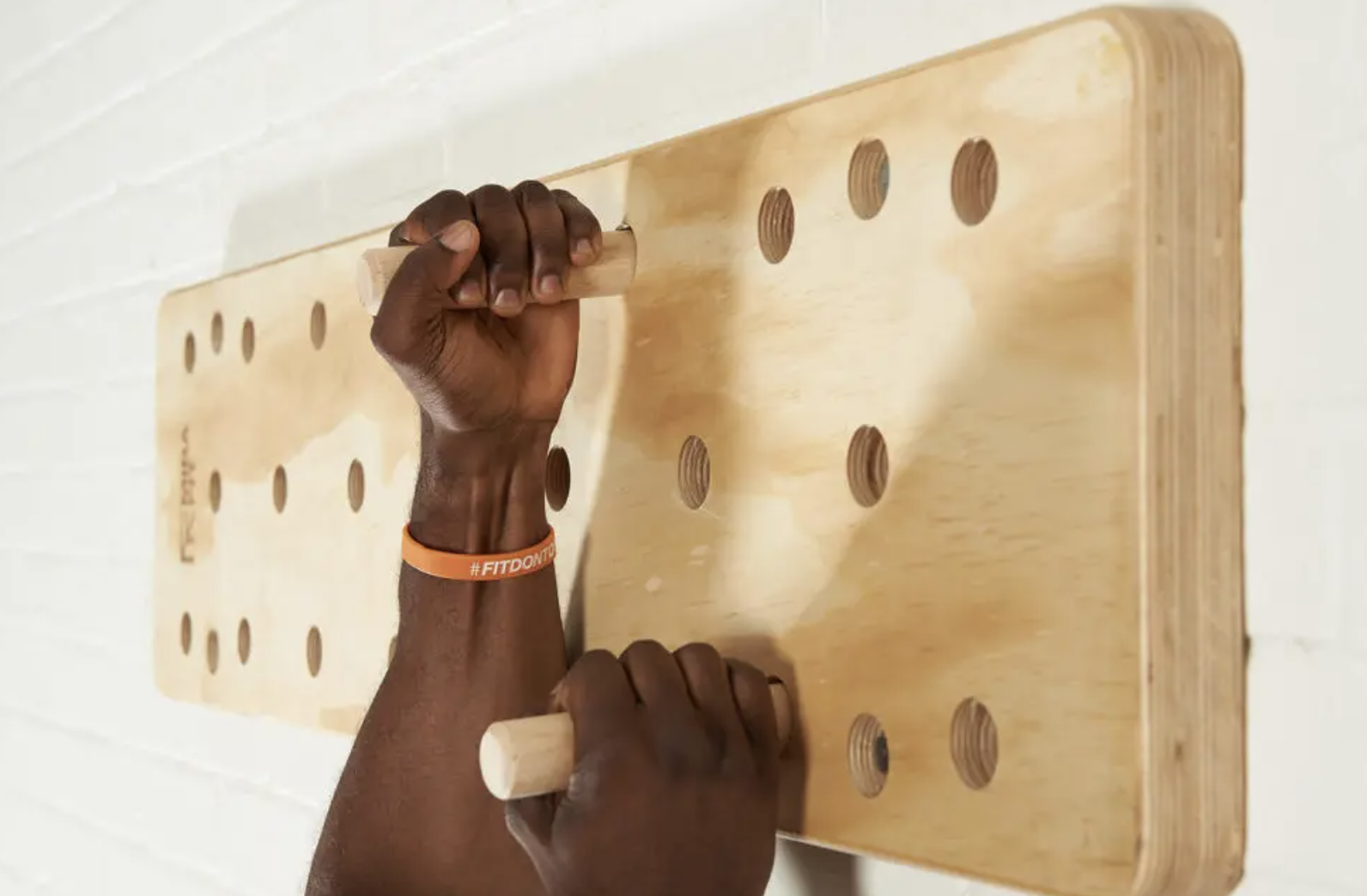If You Survived This, You’re Tougher Than Today’s Teens

Source: Reddit
Old School Gym Peg Board: A Forgotten Measure of GrimeyGrit
Perched high on the wall of a great many school gyms was a challenge the brave few would dare to ascend: the old school gym peg board. A humble pair of pegs and gravity and your own self-determination, it was one of the most feared (though secretly admired) pieces of apparatus in a P.E. lesson.
And if you tried to climb that thing as a kid, standing beneath it, X-Wings proceeding to light-speed, pegs in hand, hoisting yourself like a young ninja warrior don’t worry, you weren’t alone. The peg board is a real relic of the physical education’s gritty past, the sort of thing that warrants an appropriate nostalgic shout-out.
The Ultimate Strength Test
Years before high-tech fitness apps and PTIs (personalized training instructors, as Miranda’s dad used to call them) programs, gym class was all sweat and splinters. The gym peg board by old school standards was a standard hanging peg board feature, again hanging high on the wall with evenly spaced holes.
The task? Place one peg at a time, with your body coming up, one hand hole at a time. No ropes. No safety nets. Except for your upper body strength and determination. For many kids, just getting halfway up was a personal victory. Making it to the top? That was legendary.
An Icon of ‘No Pain, No Gain’ Education
These boards weren’t simply about fitness — they were about proving it. They personified the gym class ethos of the ‘60s through ‘90s: test yourself, stretch yourself, and take pride in endeavor. Teachers measured it from below, stopwatch in hand. Your classmates hooted — or anxiously anticipated their own run.
To many students the board was a dread. Others dreamed of defeating it. Either way, it was something you’d never forget.

What Made It Disappear?
As with most “tough love” gym equipment, the peg board began to be removed from schools in the 2000s. Safety and liability concerns, and the desire for more inclusiveness, have caused many districts to retire it. After all, hoisting a kid eight feet off the ground without spotting or a harness isn’t exactly cutting-edge best practice.
Today, the boards are moostly languishing in old gymnasiums, collecting dust, or being used as kitschy decor in vintage-style workout studios.
Even Now: In Contemporary Fitness
Interestingly, the peg board has not completely disappeared. In reality, it’s even made a bit of a comeback thanks to things like CrossFit, obstacle course races like Spartan and Tough Mudder, and the emergence of functional fitness. Adults today are forking out a healthy dollar to have another crack at all that, to reprove that the great test that haunted their middle-school dreams might have gone better if only you had been allowed digital calculators.
This time around, they just call it “grip training.”
A Misty-Mournful Memory of Grit and Growth
Sure, the old school gym peg board looks like just a simple plank with holes, but it has come to symbolize of a bygone era — a time when P.E. was equal parts fitness and rite of passage. It was a reminder that strength wasn’t only physical, that it took perseverance and guts, too.
So the next time you spot one in a neglected corner of a gym, take a moment. Maybe even give it a try. Hell, you might even spontaneously re-experience a memory, muscle by aching muscle, from the glory days.